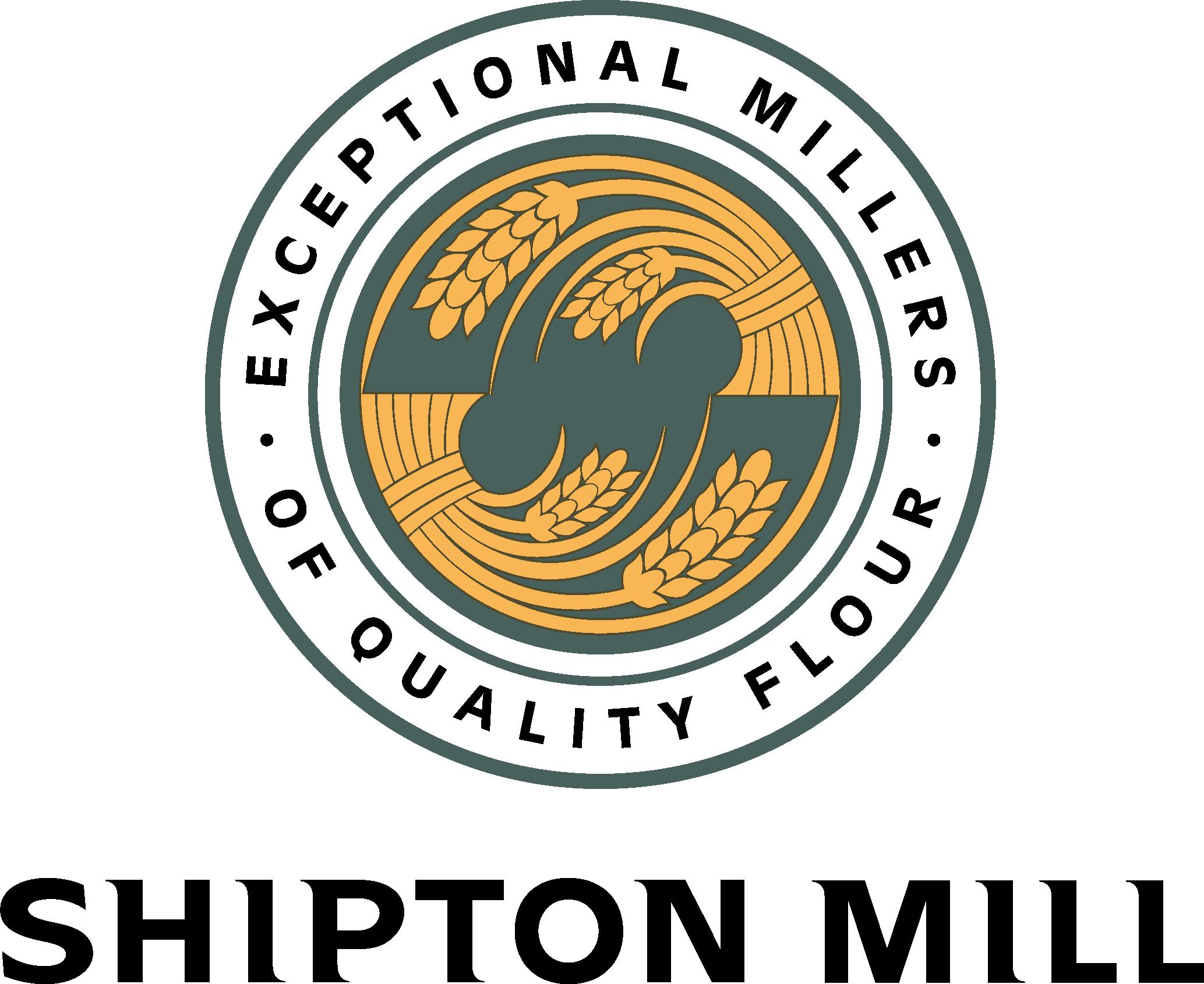
Why You Should Consider Organic Yeast
Traditional British bread is characterised by two things: largely it is/was raised or leavened with the top of brewers' yeast, known as "barm" and employed an overnight, long fermentation. The making of barm is one of the most difficult of the culinary arts, particularly making it with a consistency that was reliable. The master bakers of the past were also master brewers, many of them brewed their own barm and the best bakers were the also the best brewers of barm. The brewing process for beer differed in that bakers only wanted the top yeasts off the ale brew.
I've done this a few times and it’s a tricky process. I've also read the descriptions of bread making by some old time British bakers…albeit in Australia…and was shocked at the high skill level required to achieve a consistent barm, not to mention the investment of time these bakers put it. The sourdough process is easy by comparison.
Fortunately this is now done for us and we can purchase the equivalent of a barm in BIOREAL`s organic yeast which is available from Shipton Mill. It marries beautifully with our traditional flours. It is the equivalent of barm, but likely to be less “barmy” in that it is predictable and reliable, being made with the same care as a traditional baker, but with the advantage of scientific controls to make sure the process doesn't go awry…stories of either soured or exploding barm are common in folk culture!
The barm was always a polyculture which could never be replaced by modern yeast, this being a highly selected strain of a highly selected strain…but even more so. The barm also engendered the development of subtle acidity from lactic acid bacteria which helped give the bread character and made it more digestible. The acids dissolve flavour components which become volatile during baking and develop the famous aromas which make most of us quiver down to our genes. Curiously this is the opposite of the aroma experience I have in the bakery department of supermarkets…I wonder how they get the bread to smell so awful, as though old Hessian bags once used for fertilizer had been somehow infused into the bread….well that’s the analog aromas I experience, not wheaten malty wholesomeness, which is good bread`s signature.
COMPARISON OF PRODUCTION PROCESSES
Production of Conventional Yeast
Molasses, a cheap by-product of sugar production, has been used in yeast production since the grain shortages of World War I and is a far cry from the malted barley of the past. Conventional yeast production utilises chemical nitrogen sources such as ammonia, ammonium salts and lyes, plus a variety of acids (including sulphuric acid), synthetic vitamins and growth substances. Conventional yeast requires several rinsing stages after fermentation, to remove unpleasant tastes and odours. The resulting wastewater is heavily contaminated and requires complex purification processing.This all produces strains of yeast with a very different character than those in a barm, and makes it impossible to achieve really good results in yeast baking…there is always something lacking no matter how assiduous I've been in the long term fermentations and fussing over sponges.
Organic Yeast - the Better Way
In the production of organic yeast, selected yeast strains and lactic acid bacteria cultures are bred in a wholly organic nutrient solution made from organic grain, pure spring water and enzymes. All micro-organisms and raw materials are guaranteed GMO-free. The fermentation process uses no chemical additives, and organic sunflower oil is used as an antifoaming agent. BIOREAL organic yeast requires no rinsing. Since all plant equipment is steam-cleaned and disinfectants are unnecessary, even the wastewater from full plant cleaning is free from contamination. The fermentation medium also forms the basis for further products such as sponge or yeast sourdough.
The new Organic yeast produced the aromas and flavours I've been looking for, particularly in combination with excellent flour such as Shipton Mill Traditional Organic White and wholemeal flours which include heritage wheats…NOW we are getting somewhere with re-creating excellent breads of the past, which aren’t just a foodie's fantasy, but exemplary foods worthy of recreation, and also a cultural heritage too precious to throw away….and it has been thrown away not by us, but by corporate bakeries which have simply imposed the tyranny of bad bread…did anyone actually request the Chorleywood Frankenstein?
Organic yeast can be used in the same way as non-organic yeast although performs even better within a quick flying ferment if a longer process is not possible. To make a flying ferment simply dissolve the fresh or dried yeast in a little wholemeal flour with warm water. This activates quickly and is ready for addition to the recipe in 15 minutes, and works just as well with a bread machine. Even in the flying ferment /sponge it is possible to discern the pleasing wholesome aroma of fresh yeast.
The significance of this yeast having no GMO`s should not be lost on us either. Those strains of GM yeast which are at present in commercial yeast in Britain, multiply exponentially in a dough and “just a pinch” turns into a seething population within minutes which are then liberated within you as you eat products made from such yeast. They also escape into the atmosphere and are breeding as we speak with airborne yeasts and nobody (trust me I'm a Scientist…right) knows where this will lead.
More on baking real traditional British breads soon




